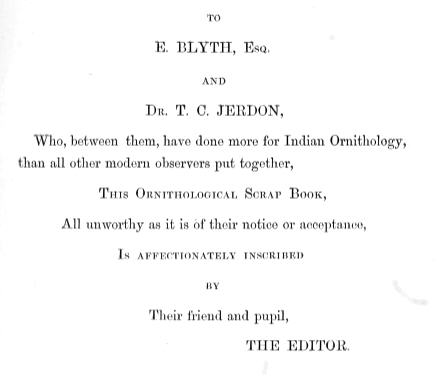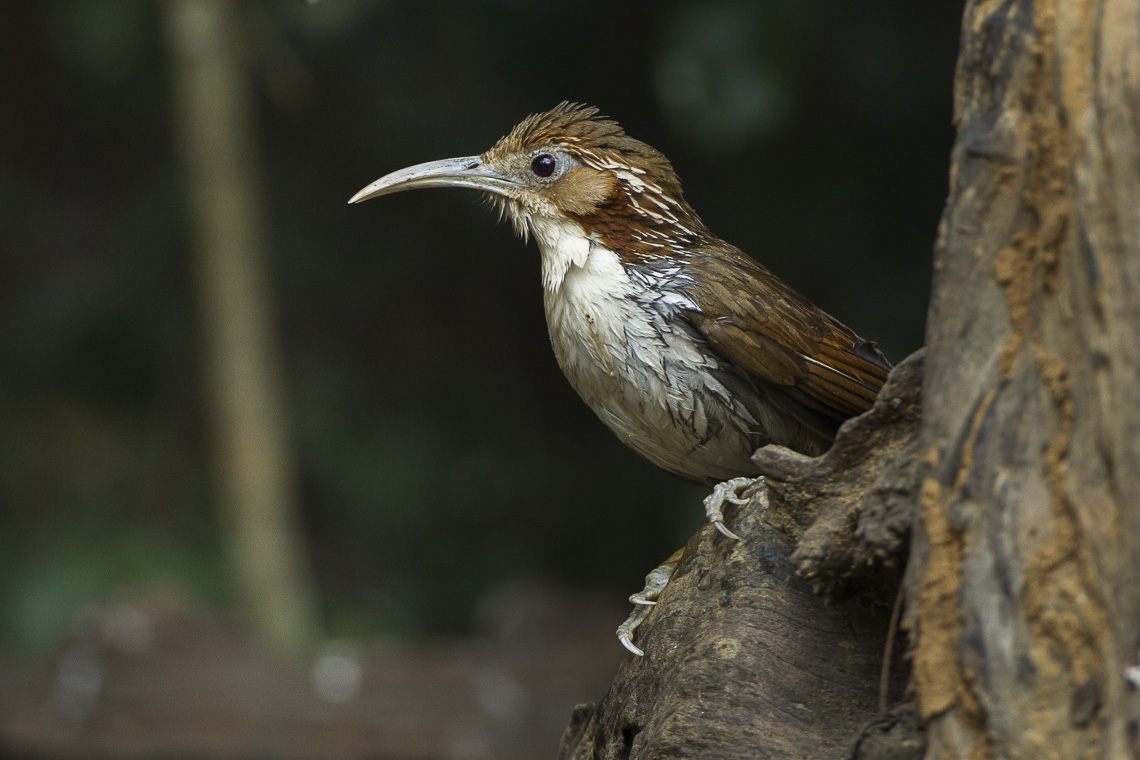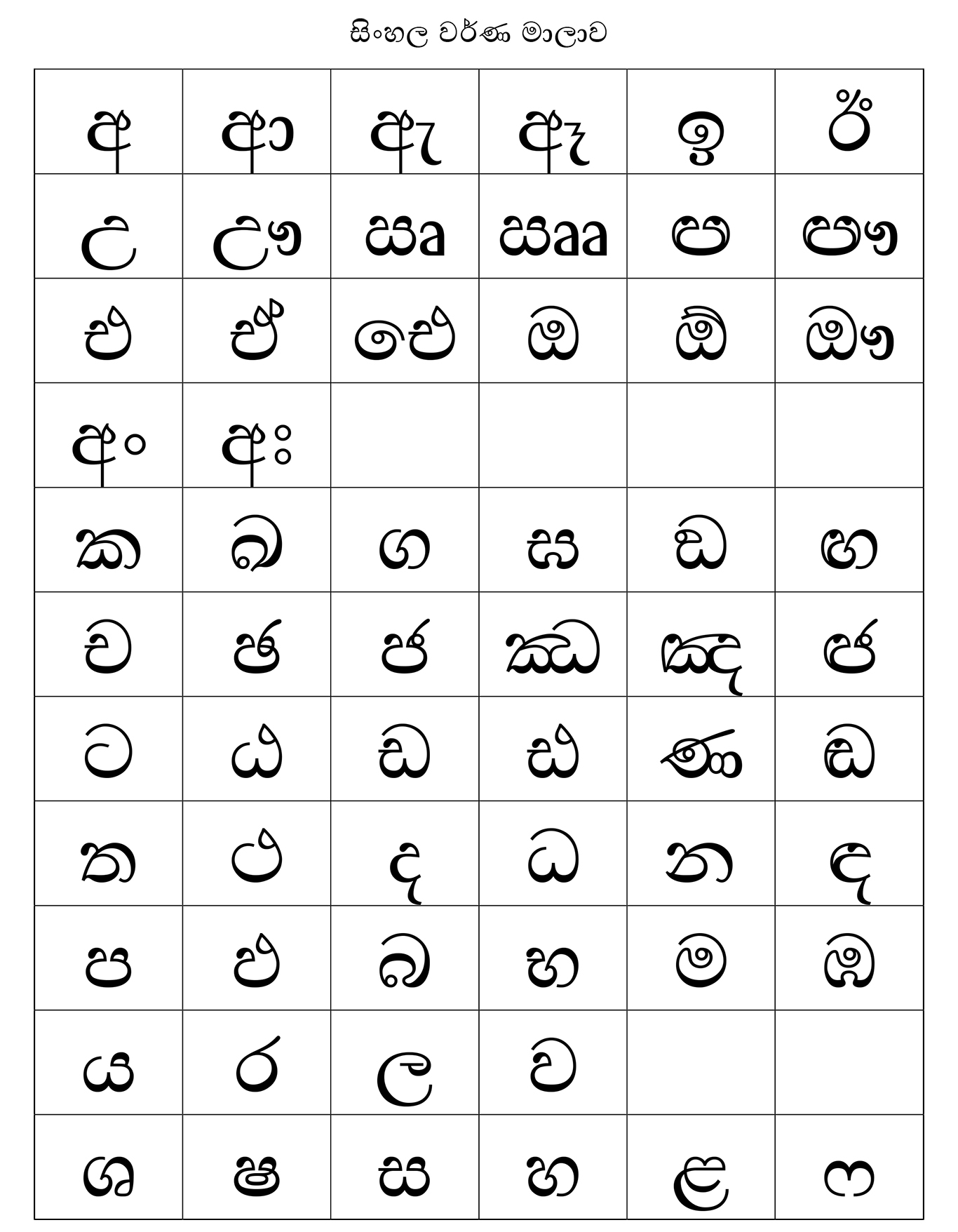|
Sri Lanka Scimitar Babbler
The Sri Lanka scimitar babbler or Ceylon scimitar babbler (''Pomatorhinus melanurus'') is an Old World babbler. It is endemic to the island of Sri Lanka, and was formerly treated as a subspecies of Indian scimitar babbler. The nominate form is found in the western part of wet hill regions of Sri Lanka, while race ''holdsworthi'' is found in the dry lowlands and eastern hills. In culture Most scimitar babbler species are referred as ''parandel kurulla'' by the Sinhala speaking community. The term 'parandel' refers to dried grass and probably refers to the color of the bird. The vernacular name of the bird ''parandel kurulla'' roughly translates to English as 'dried-grass colored bird'. This bird appears in a 4.50 rupee Sri Lanka Sri Lanka (, ; si, ශ්රී ලංකා, Śrī Laṅkā, translit-std=ISO (); ta, இலங்கை, Ilaṅkai, translit-std=ISO ()), formerly known as Ceylon and officially the Democratic Socialist Republic of Sri Lanka, is an ...n ... [...More Info...] [...Related Items...] OR: [Wikipedia] [Google] [Baidu] |
Edward Blyth
Edward Blyth (23 December 1810 – 27 December 1873) was an English zoologist who worked for most of his life in India as a curator of zoology at the museum of the Asiatic Society of India in Calcutta. Blyth was born in London in 1810. In 1841 he travelled to India to become the curator of the museum of the Asiatic Society, Royal Asiatic Society of Bengal. He set about updating the museum's catalogues, publishing a ''Catalogue of the Birds of the Asiatic Society'' in 1849. He was prevented from doing much fieldwork himself, but received and described bird specimens from Allan Octavian Hume, A.O. Hume, Samuel Tickell, Robert Swinhoe and others. He remained as curator until 1862, when ill-health forced his return to England. His ''Natural History of the Cranes'' was published posthumously in 1881. Avian species bearing his name include Blyth's hornbill, Blyth's leaf warbler, Blyth's hawk-eagle, Blyth's olive bulbul, Blyth's parakeet, Blyth's frogmouth, Blyth's reed warbler, Blyth ... [...More Info...] [...Related Items...] OR: [Wikipedia] [Google] [Baidu] |
Old World Babbler
The Old World babblers or Timaliidae are a family of mostly Old World passerine birds. They are rather diverse in size and coloration, but are characterised by soft fluffy plumage. These are birds of tropical areas, with the greatest variety in Southeast Asia and the Indian subcontinent. The timaliids are one of two unrelated groups of birds known as babblers, the other being the Australasian babblers of the family Pomatostomidae (also known as pseudo-babblers). Morphological diversity is rather high; most species resemble "warblers", jays or thrushes. This group is among those Old World bird families with the highest number of species still being discovered. Characteristics Timaliids are small to medium birds. They have strong legs, and many are quite terrestrial. They typically have generalised bills, similar to those of a thrush or warbler, except for the scimitar babblers which, as their name implies, have strongly decurved bills. Most have predominantly brown plumage ... [...More Info...] [...Related Items...] OR: [Wikipedia] [Google] [Baidu] |
Sri Lanka
Sri Lanka (, ; si, ශ්රී ලංකා, Śrī Laṅkā, translit-std=ISO (); ta, இலங்கை, Ilaṅkai, translit-std=ISO ()), formerly known as Ceylon and officially the Democratic Socialist Republic of Sri Lanka, is an island country in South Asia. It lies in the Indian Ocean, southwest of the Bay of Bengal, and southeast of the Arabian Sea; it is separated from the Indian subcontinent by the Gulf of Mannar and the Palk Strait. Sri Lanka shares a maritime border with India and Maldives. Sri Jayawardenepura Kotte is its legislative capital, and Colombo is its List of cities in Sri Lanka, largest city and financial centre. Sri Lanka has a population of around 22 million (2020) and is a multinational state, home to diverse cultures, languages, and ethnicities. The Sinhalese people, Sinhalese are the majority of the nation's population. The Tamils, who are a large minority group, have also played an influential role in the island's history. Other long establ ... [...More Info...] [...Related Items...] OR: [Wikipedia] [Google] [Baidu] |
Indian Scimitar Babbler
The Indian scimitar babbler (''Pomatorhinus horsfieldii'') is an Old World babbler. It is found in peninsular India in a range of forest habitats. They are most often detected by their distinctive calls which include an antiphonal duet by a pair of birds. They are often hard to see as they forage through dense vegetation. The long curved yellow, scimitar-shaped bills give them their name. It has been treated in the past as subspecies of the white-browed scimitar babbler which is found along the Himalayas but now separated into two species, the peninsular Indian species and the Sri Lanka scimitar babbler (''Pomatorhinus melanurus''). Description The most distinctive feature of this 22 cm long bird is the long down-curved yellow bill which is blackish at the base of the upper mandible. It has a striking head pattern, with a long white supercilium above a broad black band through the eye. The white throat and breast contrast with the dark greyish brown on the upperside and dar ... [...More Info...] [...Related Items...] OR: [Wikipedia] [Google] [Baidu] |
Sinhala Language
Sinhala ( ; , ''siṁhala'', ), sometimes called Sinhalese (), is an Indo-Aryan language primarily spoken by the Sinhalese people of Sri Lanka, who make up the largest ethnic group on the island, numbering about 16 million. Sinhala is also spoken as the first language by other ethnic groups in Sri Lanka, totalling about 2 million people as of 2001. It is written using the Sinhala script, which is a Brahmic script closely related to the Grantha script of South India. Sinhala is one of the official and national languages of Sri Lanka. Along with Pali, it played a major role in the development of Theravada Buddhist literature. The early form of the Sinhala language, is attested as early as the 3rd century BCE. The language of these inscriptions with long vowels and aspirated consonants is a Prakrit similar to Magadhi, a regional associate of the Middle Indian Prakrits that has been used during the time of the Buddha. The closest relatives are the Vedda language (an endange ... [...More Info...] [...Related Items...] OR: [Wikipedia] [Google] [Baidu] |
Vernacular
A vernacular or vernacular language is in contrast with a "standard language". It refers to the language or dialect that is spoken by people that are inhabiting a particular country or region. The vernacular is typically the native language, normally spoken informally rather than written, and seen as of lower status than more codified forms. It may vary from more prestigious speech varieties in different ways, in that the vernacular can be a distinct stylistic register, a regional dialect, a sociolect, or an independent language. Vernacular is a term for a type of speech variety, generally used to refer to a local language or dialect, as distinct from what is seen as a standard language. The vernacular is contrasted with higher-prestige forms of language, such as national, literary, liturgical or scientific idiom, or a '' lingua franca'', used to facilitate communication across a large area. According to another definition, a vernacular is a language that has not dev ... [...More Info...] [...Related Items...] OR: [Wikipedia] [Google] [Baidu] |
Rupee
Rupee is the common name for the currencies of India, Mauritius, Nepal, Pakistan, Seychelles, and Sri Lanka, and of former currencies of Afghanistan, Bahrain, Kuwait, Oman, the United Arab Emirates (as the Gulf rupee), British East Africa, Burma, German East Africa (as Rupie/Rupien), and Tibet. In Indonesia and the Maldives, the unit of currency is known as ''rupiah'' and '' rufiyaa'' respectively, cognates of the word rupee. The Indian rupees () and Pakistani rupees () are subdivided into one hundred paise (singular ''paisa'') or pice. The Nepalese rupee (रू) subdivides into one hundred paisa (singular and plural) or four sukaas. The Mauritian, Seychellois, and Sri Lankan rupees subdivide into 100 cents. Etymology The Hindustani word ''rupyā'' is derived from the Sanskrit word ''rūpya'' (), which means "wrought silver, a coin of silver", in origin an adjective meaning "shapely", with a more specific meaning of "stamped, impressed", whence "coin". It is derive ... [...More Info...] [...Related Items...] OR: [Wikipedia] [Google] [Baidu] |
Pomatorhinus
''Pomatorhinus '' is a genus of scimitar babblers, jungle birds with long downcurved bills. These are birds of tropical Asia, with the greatest number of species occurring in hills of the Himalayas. These are medium-sized, floppy-tailed landbirds with soft plumage. They are typically long-tailed, dark brown above, and white or orange-brown below. Many have striking head patterns, with a broad black band through the eye, bordered with white above and below. They have strong legs and are quite terrestrial. Like other babblers, these are noisy birds, and the characteristic bubbling calls are often the best indication that these birds are present. As with other babbler species, they frequently occur in groups of up to a dozen, and the rainforest species like Indian scimitar babbler often occur in the mixed feeding flocks typical of tropical Asian jungle. Species The genus contains 10 species: The following cladogram shows the relationships within the genera according to a 2019 ph ... [...More Info...] [...Related Items...] OR: [Wikipedia] [Google] [Baidu] |
Endemic Birds Of Sri Lanka
Sri Lanka is home to 34 endemic bird species. The total number of bird species recorded in the island is 492 of which 219 are breeding residents. BirdLife International recognize Sri Lanka as one of the world's Endemic Bird Areas (EBAs). The number of endemic species has changed many times over the years. This is largely due to " close taxonomic revisions". The number of endemic species has fluctuated from a minimum 20 to a maximum 47. From 1977 the number settled at around 21. The figure was increased to 23 with the addition of two species in 1990. Many authorities have accepted this figure since then. Wijesinghe published ''A checklist of the birds of Sri Lanka'' in 1994 which considered the addition of three more species, but this move did not receive widespread recognition because its rationale was not in keeping with rigorous taxonomic practice. Subsequent publications on the avifauna of Sri Lanka and the South Asia region have not listed these three as endemics. However, wi ... [...More Info...] [...Related Items...] OR: [Wikipedia] [Google] [Baidu] |
Birds Described In 1847
Birds are a group of warm-blooded vertebrates constituting the class Aves (), characterised by feathers, toothless beaked jaws, the laying of hard-shelled eggs, a high metabolic rate, a four-chambered heart, and a strong yet lightweight skeleton. Birds live worldwide and range in size from the bee hummingbird to the ostrich. There are about ten thousand living species, more than half of which are passerine, or "perching" birds. Birds have whose development varies according to species; the only known groups without wings are the extinct moa and elephant birds. Wings, which are modified forelimbs, gave birds the ability to fly, although further evolution has led to the loss of flight in some birds, including ratites, penguins, and diverse endemic island species. The digestive and respiratory systems of birds are also uniquely adapted for flight. Some bird species of aquatic environments, particularly seabirds and some waterbirds, have further evolved for swimming. Bi ... [...More Info...] [...Related Items...] OR: [Wikipedia] [Google] [Baidu] |






.jpg)